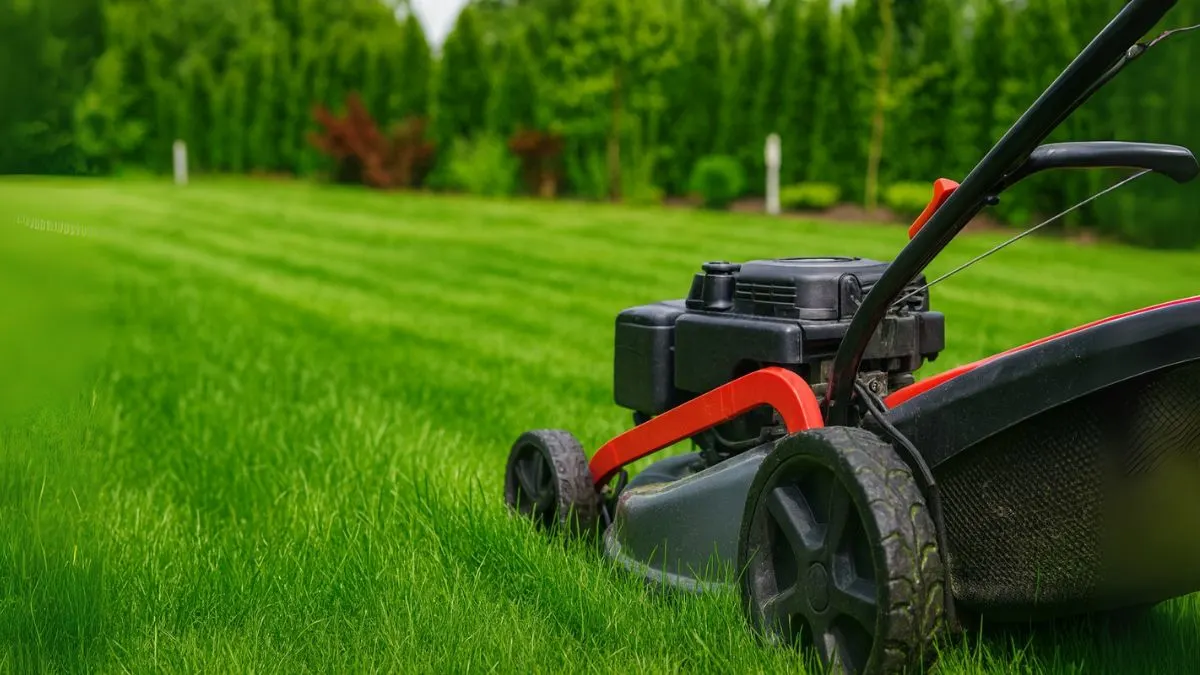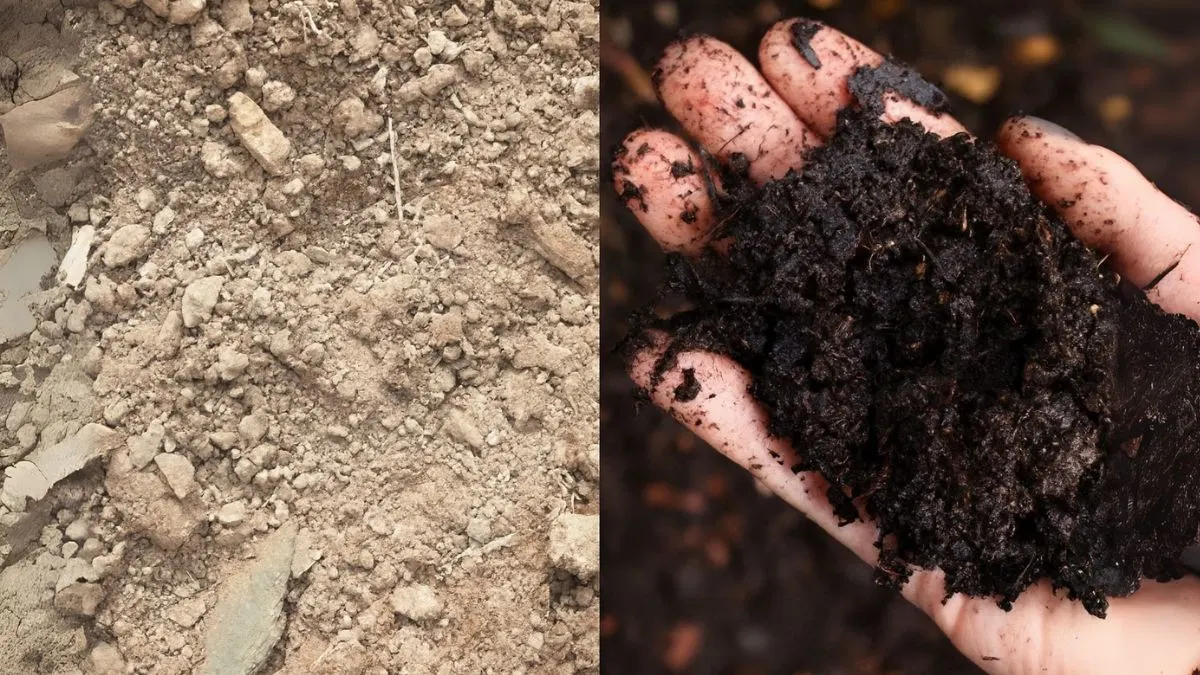You might think a close shave means fewer mows—but that shortcut could be killing your lawn. In my early gardening days, I used to scalp the grass thinking it saved time. What I didn’t realize then was how deeply I was stressing my turf. Fast forward a few seasons, and I had brown patches, weak roots, and a surge of weeds. That mistake taught me a lesson I’ll never forget: cutting grass too short is one of the worst lawn care blunders.
In this blog, we’ll explore why it’s harmful, how it affects your yard’s long-term health, and what you should do instead to grow a lush, resilient lawn.
The Problem with Cutting Grass Too Short
-
Exposes the Roots to More Heat
When you cut grass too short, you strip away its natural insulation. Grass blades shade the soil and regulate moisture. But exposing the roots to more heat means the soil dries out faster, especially during peak summer. That makes your lawn more susceptible to drought stress.
-
Low Mowing Like This Exposes the Grass Crown to Sun
Every grass blade connects to a small growth hub at the base called the “crown.” Low mowing like this exposes the grass crown to sun, increasing the risk of sunburn, dehydration, and irreversible damage. When that crown is compromised, your lawn’s ability to regenerate new blades is severely hindered.
-
Your Lawn’s Health Is Declining Silently
You may not notice it immediately, but repeated short mowing leads to chronic issues. If your lawn’s health is declining—with thin patches or discolored spots—there’s a good chance your mower blade height is too low.
The Domino Effect of Scalping Your Lawn
-
Uneven Grass Growth, Wilting Blades, Brown Patches
Once scalped, grass shifts energy from healthy growth to damage control. The result? Uneven grass growth, wilting blades, brown patches—a perfect storm for lawn lovers.
-
Weeds, Pests, and Diseases Thrive
Bare soil gets direct sunlight, inviting weeds like crabgrass and dandelions to sprout. A weakened lawn also invites pests and fungal infections. You might notice more bugs, or worse—dead zones that spread rapidly.
-
Roots Shrink Instead of Deepening
Deeper roots mean a stronger, drought-tolerant lawn. But short cuts train the roots to stay shallow. That means your lawn is vulnerable to every dry spell, heat wave, or kid’s trampoline session.
Also Read: From Stem to Bloom: How to Grow New Poinsettias at Home
What You Should Do Instead
-
Stick to the One-Third Rule
Never cut more than one-third of the grass blade in a single mow. This helps maintain a healthy balance between root strength and blade surface area, which is essential for photosynthesis and moisture retention.
-
Adjust Your Mower Height by Season
Raise the blade during hot months. For cool-season grasses like fescue and Kentucky bluegrass, aim for a 2.5–3.5 inch cut. For warm-season varieties like Bermuda, keep it slightly lower—but still avoid scalping.
-
Sharpen Your Mower Blades
Dull blades tear the grass instead of cutting it cleanly. That ragged damage makes the lawn more prone to disease and discoloration.
-
Mulch Instead of Bagging
Let clippings fall back into the lawn. This recycles nitrogen and helps shade the soil, adding to your lawn’s resilience.
Personal Experience with a Lawn Comeback
Last fall, I realized I’d gone too short again when brown patches started multiplying. I raised my mower deck and stuck to the one-third rule. Within weeks, I saw greener, denser grass—and fewer weeds. My neighbor even asked if I’d gotten new sod. Nope—just smarter mowing!
Best Practices Table: Lawn Mowing Do’s and Don’ts
| Action | Do This | Avoid This |
| Mowing Height | Follow one-third rule | Cutting grass too short |
| Mower Blades | Keep them sharp | Mowing with dull blades |
| Timing | Mow in early morning or late evening | Mowing during peak heat |
| Watering | Deep, infrequent watering | Light daily watering |
| Frequency | Regular (once a week average) | Infrequent, heavy scalping |
Also Read: Nature’s Sleeping Pills: 10 Plants That Calm Your Mind at Night
Don’t Let a Low Mow Ruin Your Lawn
While it might seem like a time-saver, cutting grass too short causes far more harm than good. It dries out your lawn, exposes the roots to more heat, and leads to uneven grass growth, wilting blades, brown patches, weeds, pest, and diseases. Even worse, low mowing like this exposes the grass crown to sun, damaging the lawn at its most vital point.
So, if your lawn’s health is declining, don’t rush to fertilize or water more. First, check your mowing height. Adjust your mower, follow best practices, and let your lawn breathe and flourish.
Let your lawn grow smart—not short. 🌱
Click here to know more about the Toronto Garden Book!




